About This Lesson
Sophie's no ordinary house spider. She's an artist; and every web she spins is more wondrous than before. But don't mention that to the guests at Beekman's Boardinghouse, because they don't like spiders.
Storyline Online's Sophie's Masterpiece is read by CCH Pounder, written by Eileen Spinelli and illustrated by Jane Dyer.





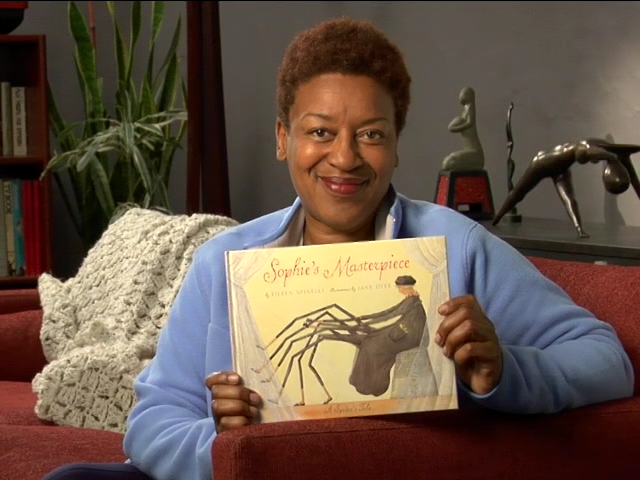



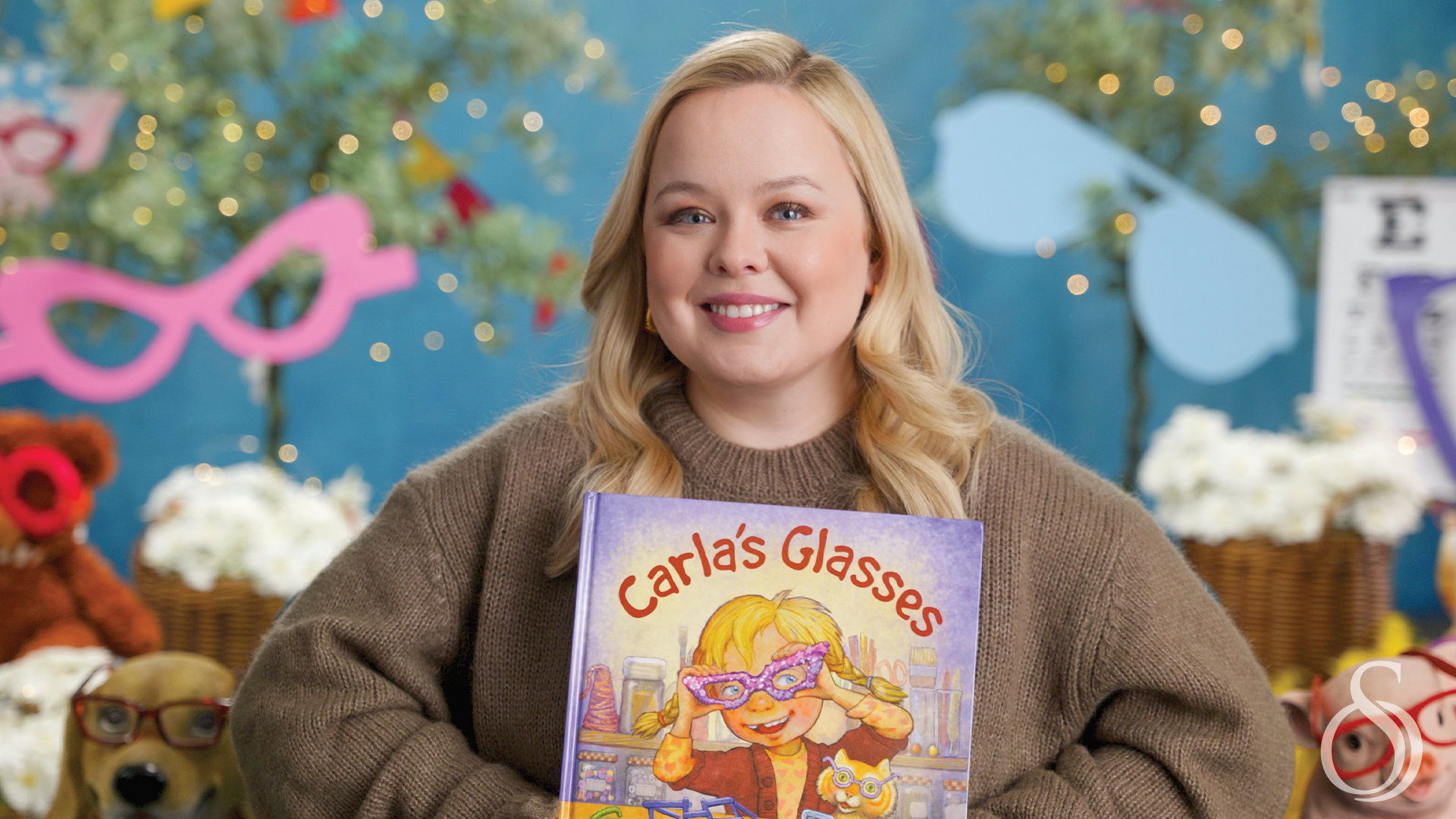

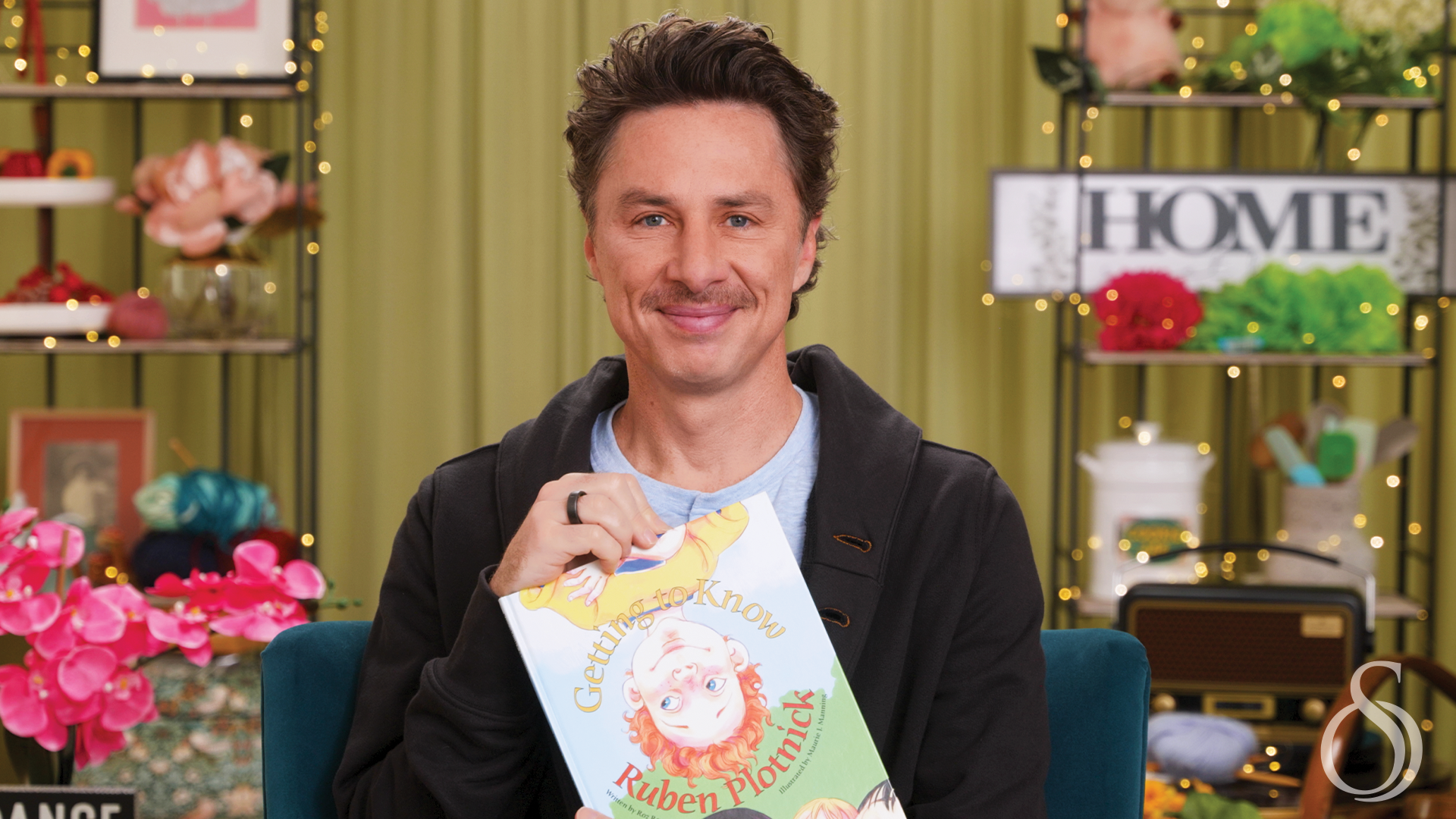
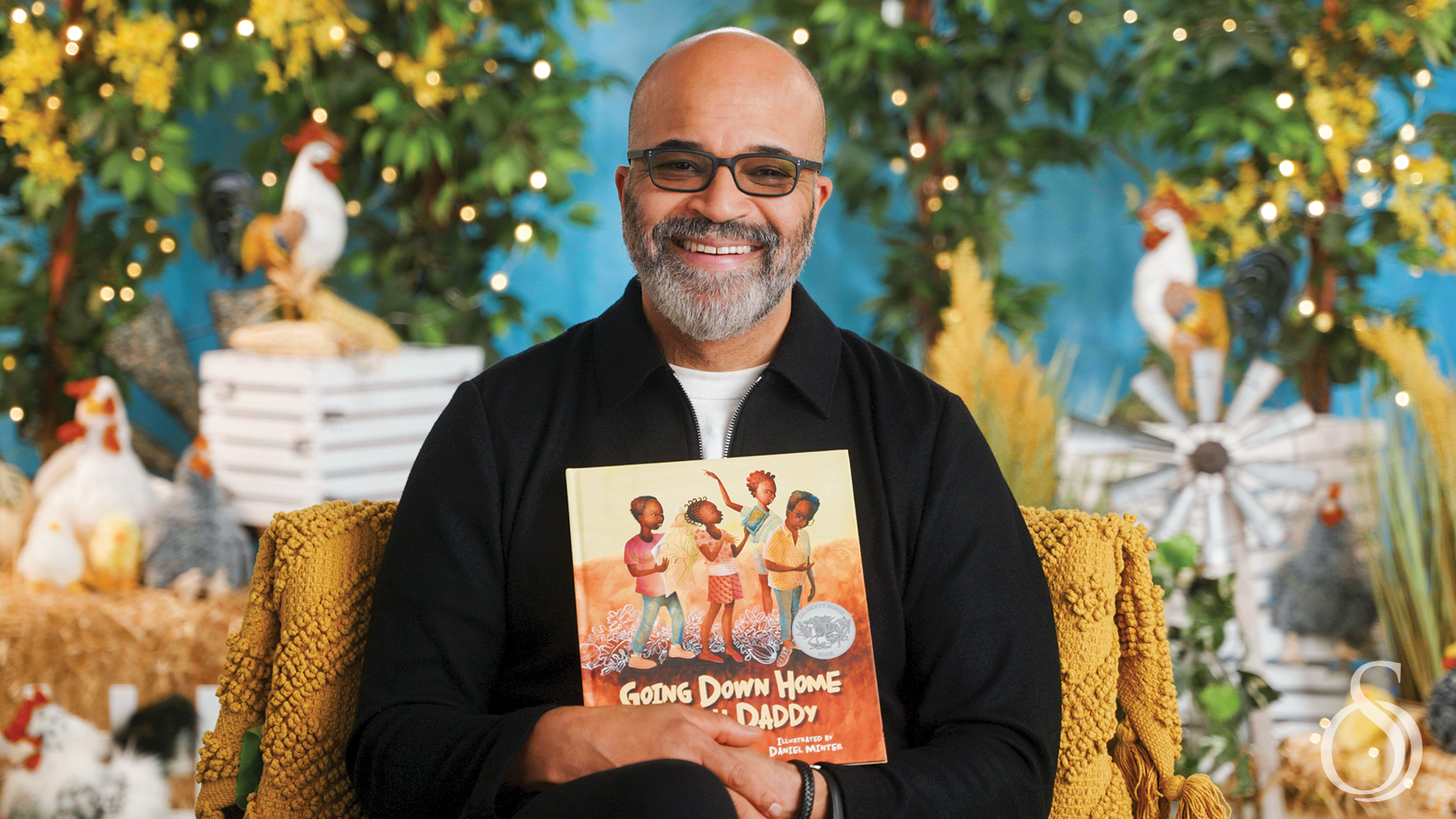
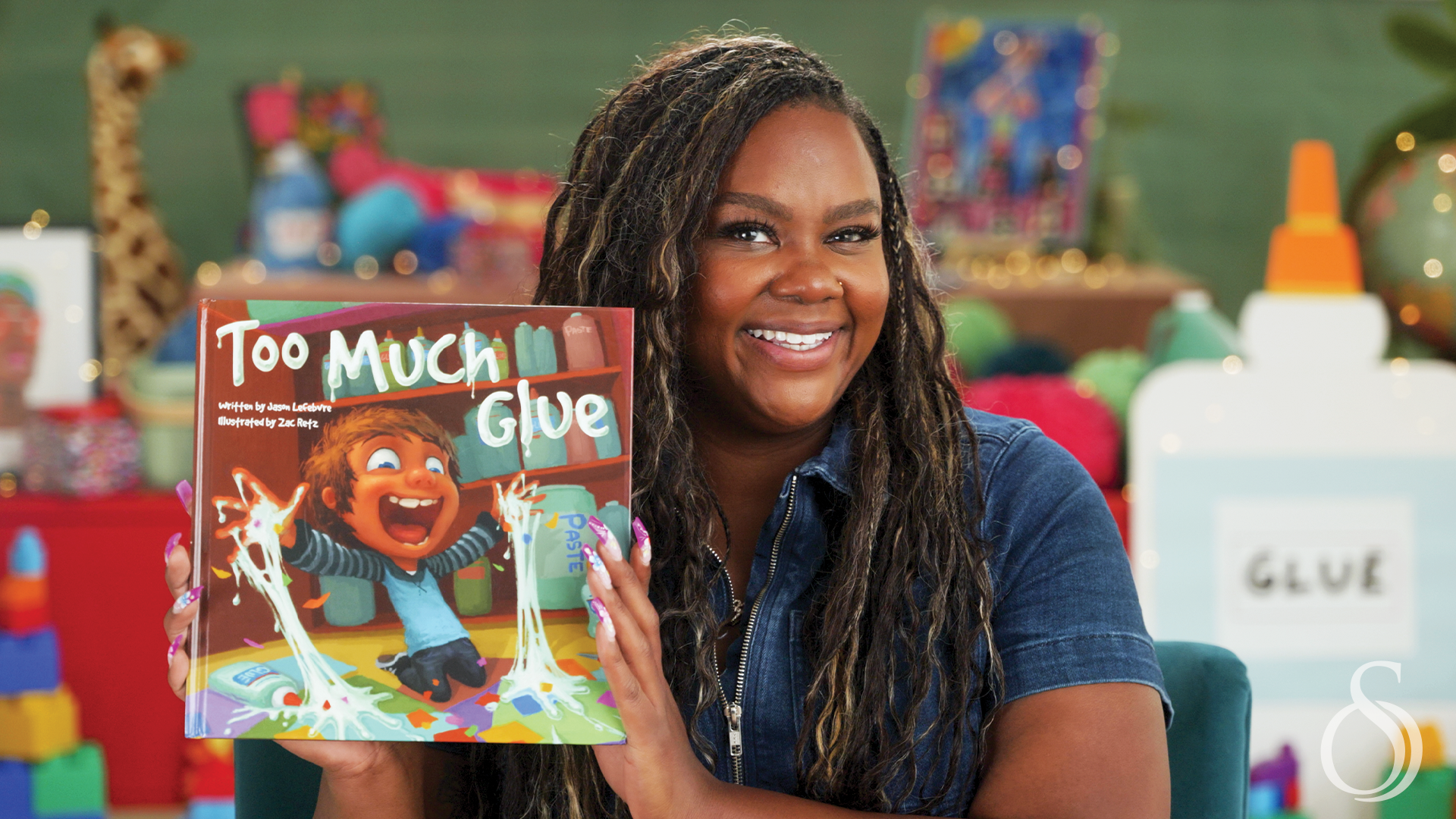
Great illustrations. The activity guide has nice ideas to use in the classroom to go along with the story. Thanks for sharing.